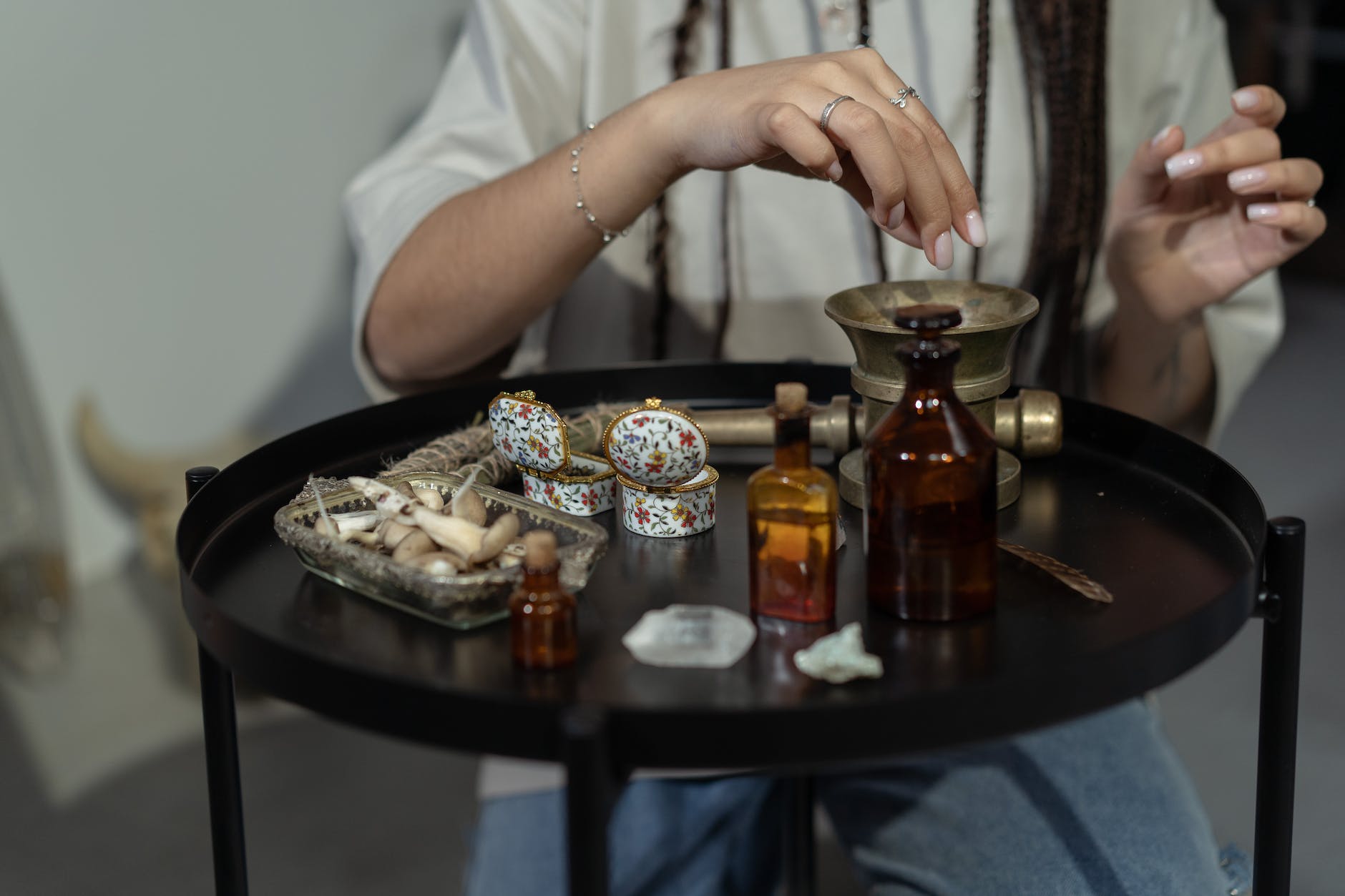Psychedelic art has always radiated a powerful allure, acclaimed for the visual representation it provides of the transformational journeys generated on a psychedelic plane. But, is there a potential for this vibrant art form to play an instrumental role in therapy and the healing of one’s mental health?
Psychedelic art is more than just a mesh of vivacious hues and fluctuating forms. It brings forth the exploration of conscious awareness, acting not just as an aesthetic tool but also as a powerful vehicle for self-discovery. It presents a visual language for experiences that often escape the realms of ordinary consciousness.
The conviction that this type of art can have therapeutic value complementing traditional approaches, such as mindfulness and psychotherapy, is growing within the mental health community. Some experts argue that psychedelic-assisted therapy can be as transformative as psychedelics themselves. By engaging with psychedelic art, individuals can delve deep into their mind’s labyrinth, paving the way for greater therapeutic engagement and personal growth.
In recent decades, scientific interest has refocused on the potential impact of psychedelics on mental well-being. Researchers are discovering the possibilities psychedelics present towards the treatment of conditions such as depression, anxiety, and trauma. The substances encourage a momentous shift in perspective and promote healing, unraveled with the intricate threads of one’s psyche.
A related discipline, psychedelic-assisted therapy, emerges as a viable adjunct to these growth-promoting compounds. It utilizes psychedelic substances to catalyze the therapeutic process. The controlled usage, often conducted in a safe, guided environment, can lead to profound personal and spiritual insights.
Even without the direct ingestion of psychedelic substances, engaging with psychedelic art can evoke a therapeutic response. Created under the influence, these artworks offer glimpses into the artist’s mind and, consequently, mirror facets of the viewer’s psyche. Engaging with these images can stimulate profound introspection and emotional release.
The mechanisms behind the restorative power of these experiences remain elusive. Nonetheless, world-renowned organizations like the UK-based Psychedelic Research Group at Imperial College London, affirmatively investigate its merits.
Dr. Ros Watts, a clinical psychologist, refers to this process as a profound ‘inner journey’ or ‘psilocybin journey’ (named after the active ingredient in magic mushrooms). During psychedelic therapy, participants often report experiencing emotional breakthrough and an enhanced sense of connection to self and others.
Psychedelic art plays a fundamental role in this process by externalizing these profound, often ineffable, experiences. As such, it becomes more than just art; it can be a potent therapeutic tool.
Art, in general, has been lauded for its therapeutic properties. Art therapy, as a professional discipline, employs the creative process to improve and support physical, mental, and emotional well-being. By tapping into creativity, individuals can discover new ways of understanding themselves and their lives, leading to increased self-awareness, reduced stress, and improved emotional well-being.
Psychedelic art aligns effortlessly with this positive notion. It allows individuals to explore and engage with their mindscape, providing a powerful medium of expression. This ability to create and contemplate these works can facilitate personal growth and healing.
Taking a step further into the realm of self-discovery through art, Erin Hack, a professional art therapist and clinical counselor, finds that creating art while in altered states of consciousness can be profoundly therapeutic. In an article she penned, she elucidates how her work with patients utilizing ayahuasca, a powerful psychedelic, and art creation can help patients process their therapeutic journeys.
Psychedelic art stretches the boundaries of the conventional therapeutic experience by plunging into the profound and mystical facets of human consciousness. It allows individuals to explore their psyche in depth and breadth, carving themselves a personalized path of healing and self-discovery.
As research expands and societal views shift, we may soon see a world where psychedelic art’s vibrant strokes and the well-being are intertwined, a world where such art informs and enhances our approach to mental health therapy. The journey has only just started, and the potential seems boundless. This vibrant intersection of aesthetic expression and psychotherapy promises to color the future of mental health treatment in radiant hues.
Sources: Psychedelic Research Group, Creating Art During Psychedelic Experiences





